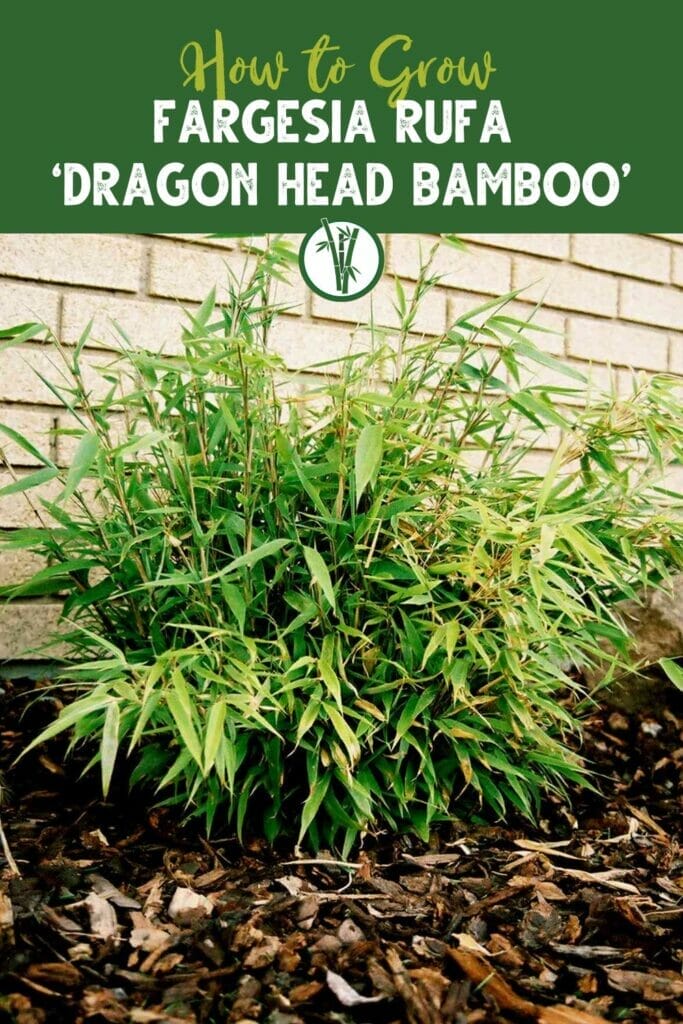
Rufa is an herbaceous perennial that grows rapidly with numerous culms propping up every year. Fargesia rufa is highly recommended for gardeners who want a shorter, non-invasive, colorful bamboo screen in a short time.
Quick Facts
- Common name: Dragon Head Bamboo, Green Panda, Gansu 95-1
- Botanical Name: Fargesia dracocephala ‘Rufa’
- Type: Clumping
- Average height: 6-8 ft (1.5-2.2 m)
- Average diameter: 0.25 inch (0.6 cm)
- Hardiness: -10°F (-23C°). Will not survive in high heat/humidity
- USDA Zones: 5-9
- UK Hardiness Zones: H7-H3
- Light requirements: Partial shade or light sun
- Best use: Small privacy screen or hedge, ornamental, container, crafting
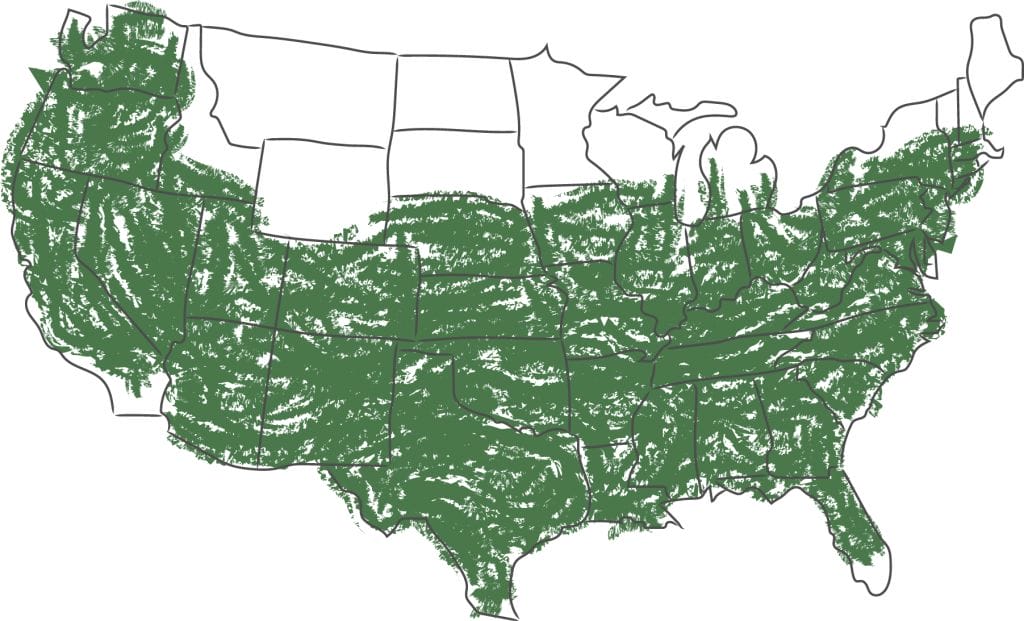
Fargesia rufa is a bamboo species native to the SW of China. In Chinese, it is also referred to as ‘Long-Tou Jian Zhu’ which means Dragon Head Bamboo.
Because the canes are often consumed by the Chinese Panda, it is also known as ‘Fargesia Green Panda.’ So, it is an important food source for the Chinese giant panda in China as well as around the world (zoos).
Why would you choose Rufa for your garden
Fargesia rufa grows smaller but aesthetical canes. It is a more beautiful clumping bamboo that is also deer-resistant. Clumping means that it doesn’t spread much. This is great for people who cannot grow certain invasive plants.
In comparison to other Fargesias, this one grows faster while keeping the bushy looks. It is great for container usage as well as in-ground planting.
Its short bushy characteristics allow for it to be used as a fence, screen, creation of a bamboo garden, an enclosure around the patio, hedge, or to line the edge of parks, roads, and hiking trails.
The canes can also be used for decorative purposes and the creation of all types of artwork.
What are the features of Fargesia rufa?
When fully grown, Rufa will have gracefully arched stems. The bowing canes also have elegant reddish-brown culm sheaths. The short canes impart a beautiful aesthetic presence compared to its tall counterparts.
This clumper is non-invasive and produces a nice clump of new greenish culms. These go on to produce slender glossy evergreen leaves (4 inches / 10 cm). The upper surface of the leaves appears as bright green and the undersurface appears a dull grayish/green. Unlike other Fargesia species, the hardy leaves are partially drought resistant and will not curl up in the sun.
Rufa usually reaches a maximum height of 6-8 feet and about 5-8 feet (1.5-2.5 m) wide. It has vigorous growth and sprouts several new culms each year.
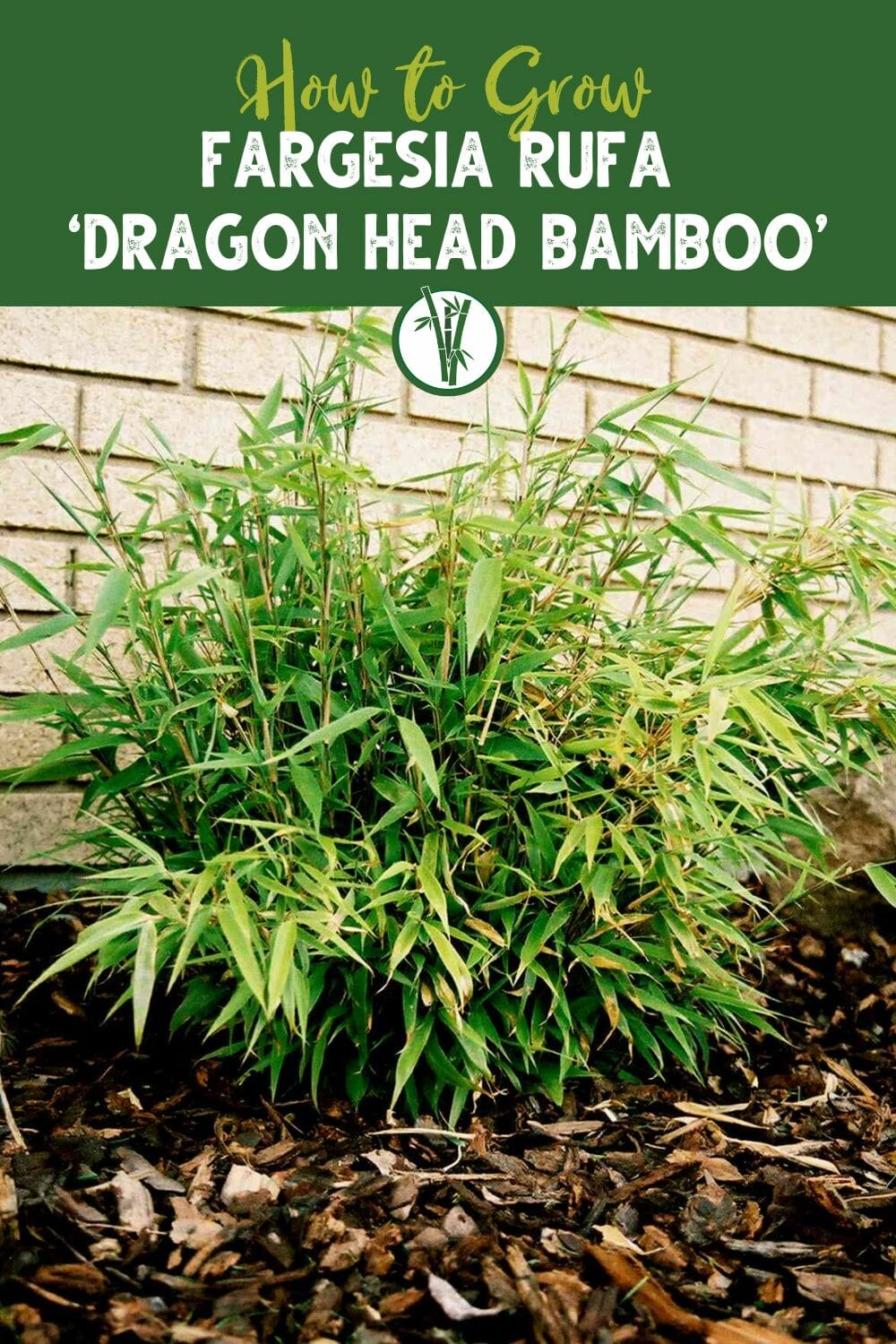
How and where to grow Fargesia rufa?
Fargesia rufa is both shade and cold-tolerant. Because it is hardy and able to tolerate frigid temperatures, it is ideal for many landscapes, especially in the Northern USA.
In general, Fargesia rufa prefers partial shade but can also be grown in mildly warm weather. It does not tolerate the midday sun well and hence it does require some type of protection.
In fact, the plant will not thrive in the presence of intense heat and humidity that is so common in the southern USA.
This bamboo thrives when grown at high altitudes (5,000-7,500 feet / 1500-2300 m) but will also do well at lower altitudes as long as intense heat and humidity are avoided.
Fargesia rufa is best grown in organic, slightly acidic soil. The soil must also be rich in nutrients and well-drained.
It is important to plant the bamboo in an area where the pooling of water does not occur. Too much wetness will attract insects and weaken the root establishment.
How to plant Fargesia dracocephala ‘Rufa’
Let’s start talking about hedges and screens first. Because Fargesia rufa grows in clumps, the plants should be spaced about 3-5 feet (0.9-1.5 m) apart. Because of the rapid growth, this space will be filled within several years.
If you only want a thin decorative screen around the patio or gazebo, then the spacing can be increased, but this space will take a little longer to fill.
Keep in mind that the growth happens in a circular motion. So, plan enough space on all sides. As the plant matures, the base will get wider and the canes will start to arch over.
Fargesia rufa will take anywhere from 8-10 years to fully mature. This also highly depends on the environmental conditions.
Care tips for Fargesia rufa
Like other bamboo species, the plant does well when compost or liquid fertilizer is mixed in the soil in early spring.
During summer and autumn, we recommend adding mulch to the soil to protect the roots.
Pruning
Since Fargesia rufa does grow in clumps, regular pruning is required to maintain its size and beauty. It is important to remove any dead, weakened, or disease leaves/stems regularly. Pruning is best done in early spring and once again in early autumn.
If the growth is too dense, trimming can be done to restore its size. Keep in mind that you should always prune just above the node. Otherwise, you’ll have a brown stump. Bamboo doesn’t regrow the cut canes.
Flowering is not common with Rufa. But if they do appear, it is important to cut them as they tend to take away energy from the rest of the plant.
Watering
Fargesia rufa can tolerate short periods of dryness. If the dry periods are prolonged, it is highly recommended that you water the growing plant.
Disease and Safety
Fargesia rufa is generally very resistant to disease. However, if the weather is humid and wet for a prolonged time, slugs and mites can infest the canes and need to be removed to prevent damage to the new shoots.
Fargesia rufa is deer-resistant and rarely causes allergic problems in humans.

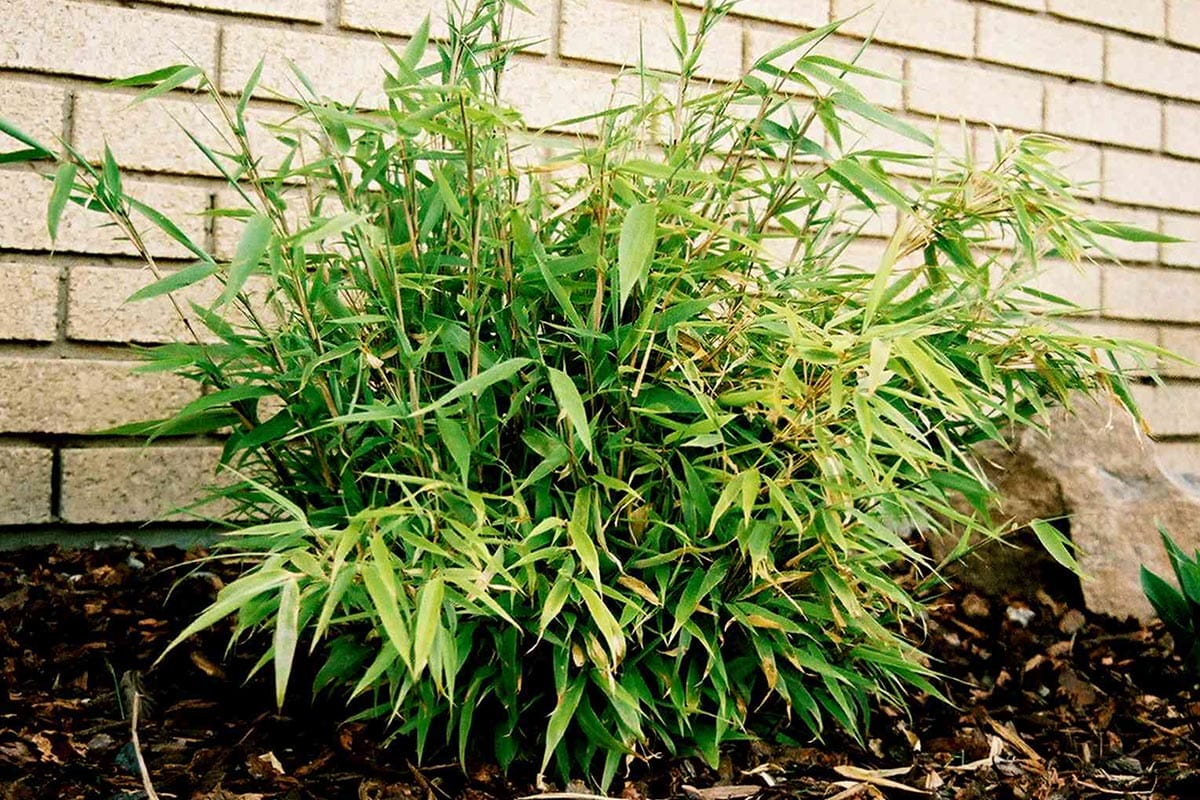

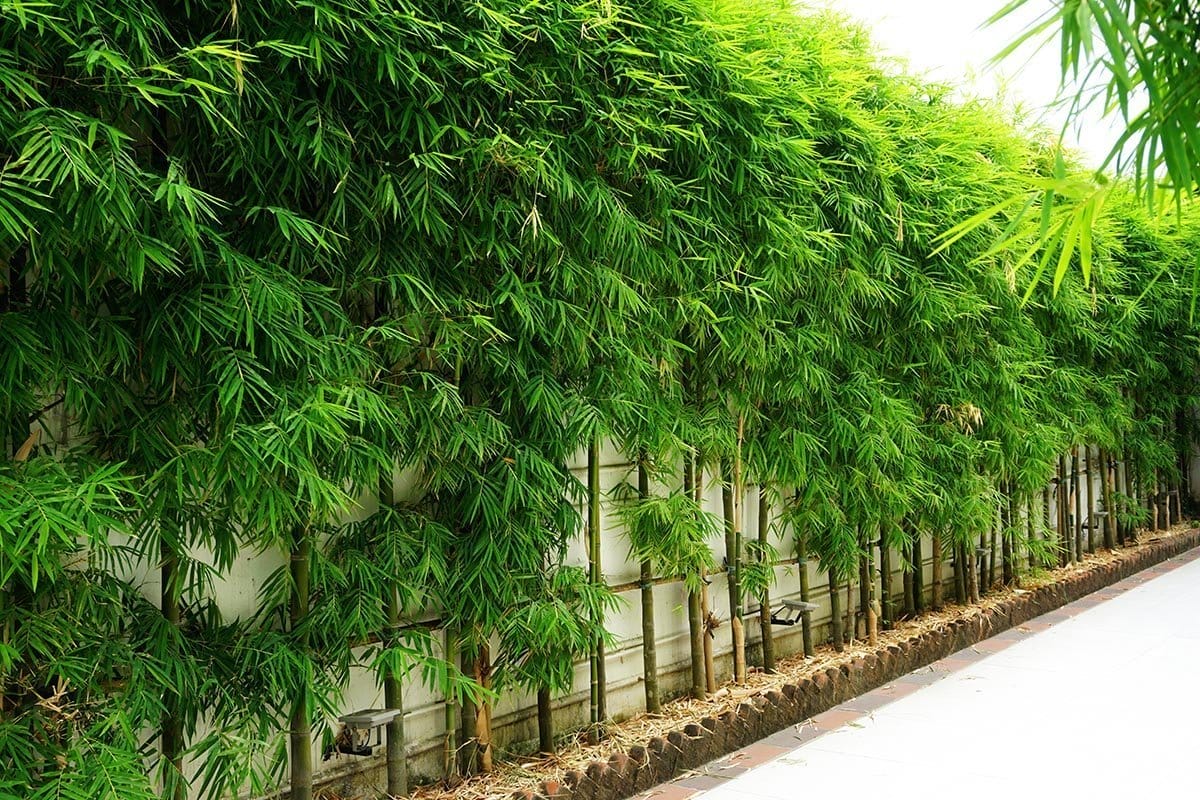
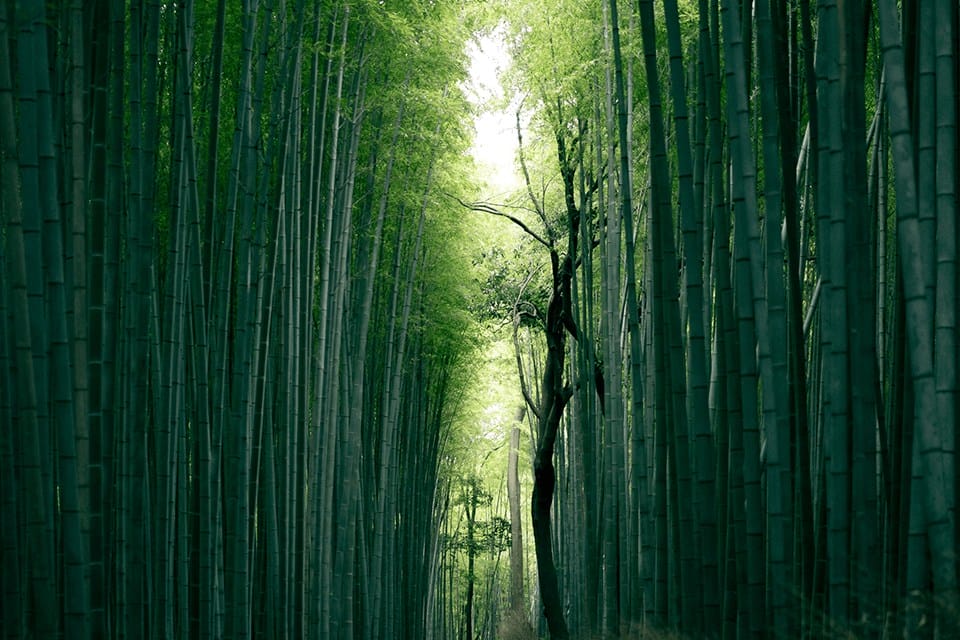
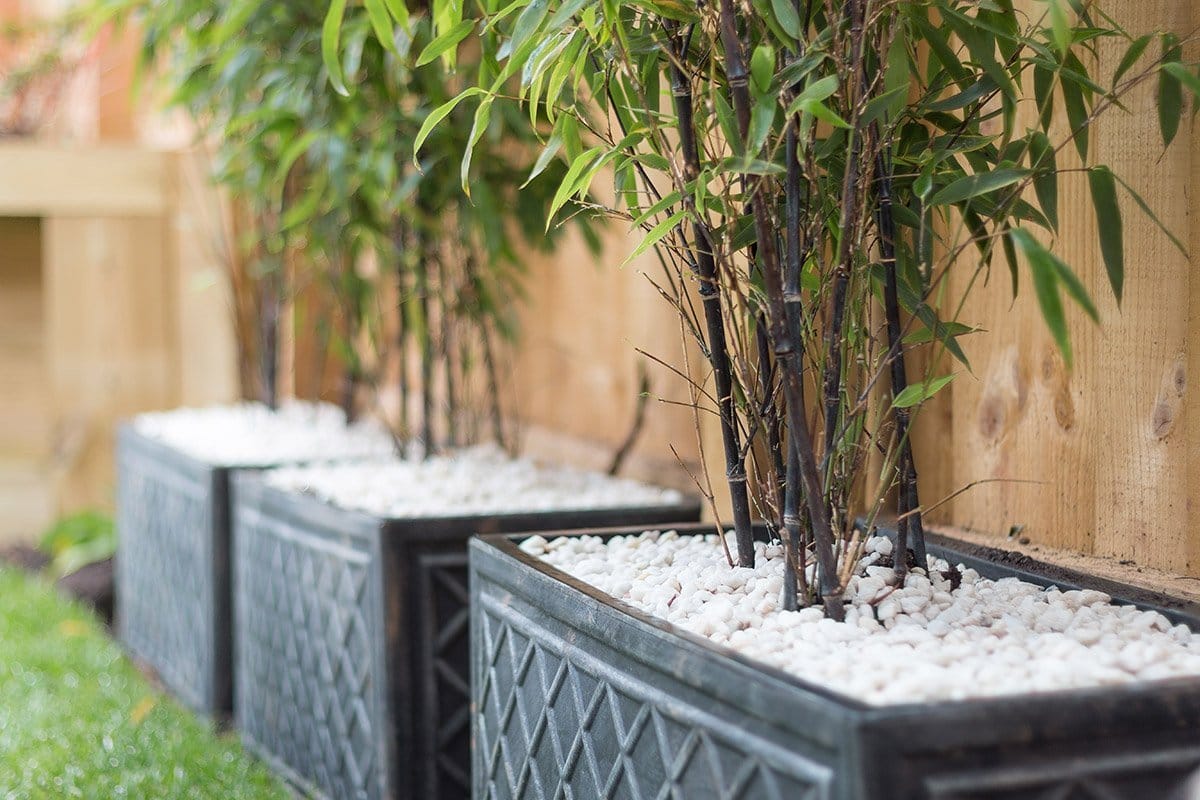

4 Comments
I am interested in purchasing Fargesia dracocephala ‘Rufa’ from a local farm. Or as close to Gerogia ( US) as possible. Need several plants to fill a ditch at the front of my property. Not in a rush to plant. It gets cold here. Already have dozens of Leland Cypress on back and side of property. I want something different to block my home from the road.
The climate of Georgia has plenty of heat and humidity, which is very bad for this species. You are therefore unlikely to find any plants available in your area, aside from the mountainous regions. If you live near sea level, you my want to consider another, more heat-tolerant bamboo.
Hi
We have some lovely healthy Fargesia which are currently about a metre high. We initially wanted them to grow to form a privacy screen and hence they have been planted in a border along a fence- they are very bushy but not necessarily tall. We are worried they need supporting as they are arching away from the fence and onto the grass rather than growing upright. We are also aware that we may have planted them too close together after reading your advice! Is there a method you can suggest to support the plants so they keep more upright? And is it recommended to restrict them?
We live in the midlands in the UK. Thank you for any advice.
Hi Claire,
To keep them upright, consider installing discreet support structures like bamboo stakes or trellises. Pruning some branches can also help redirect the growth (maybe they are too top-heavy). If overcrowded, thin out some plants. How often do you feed your plants? Do the stems have the diameter they should have?